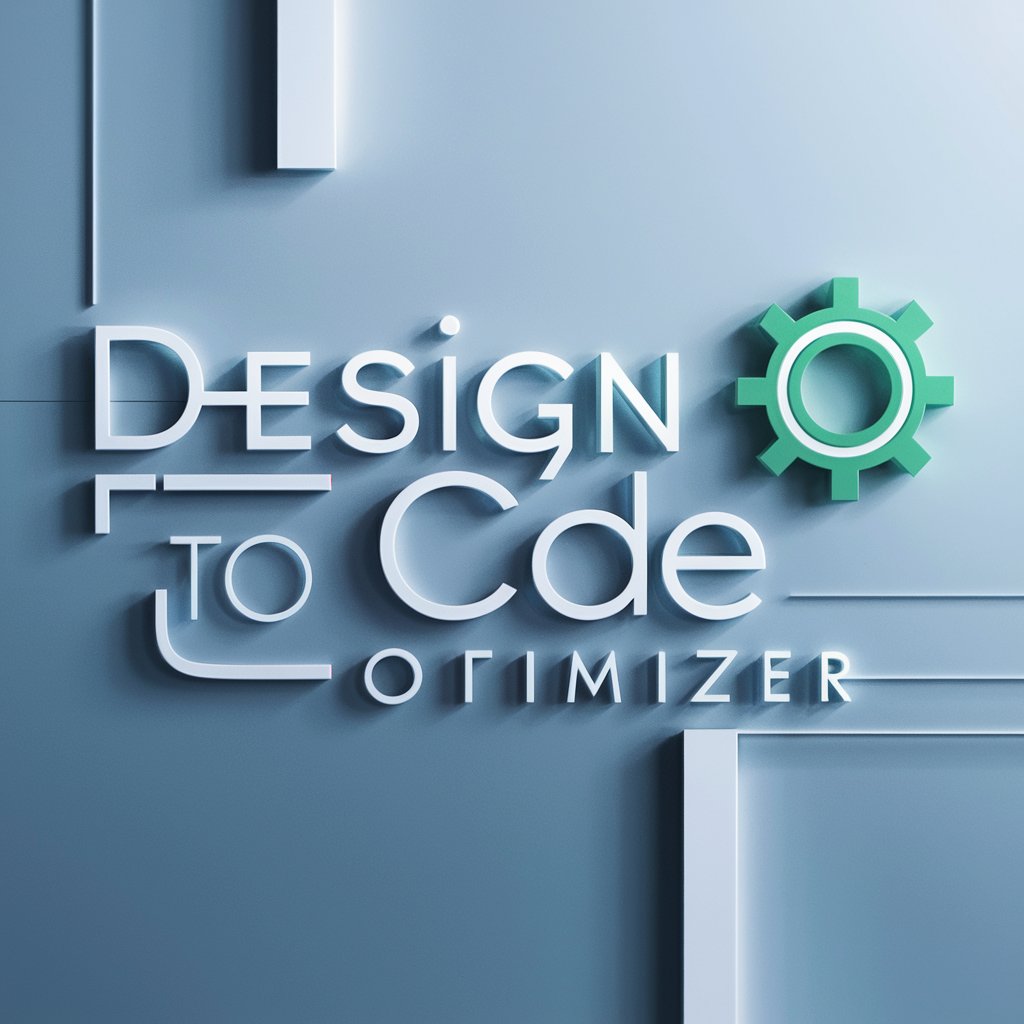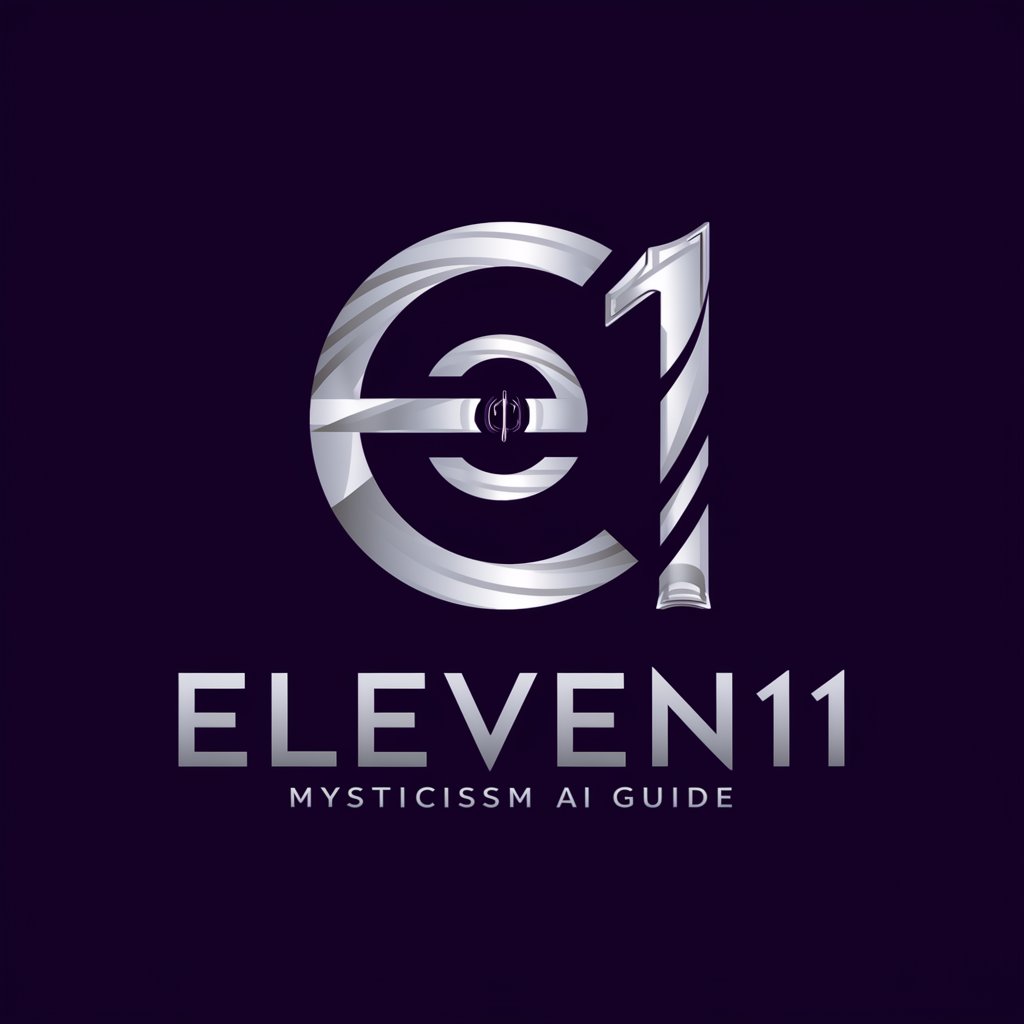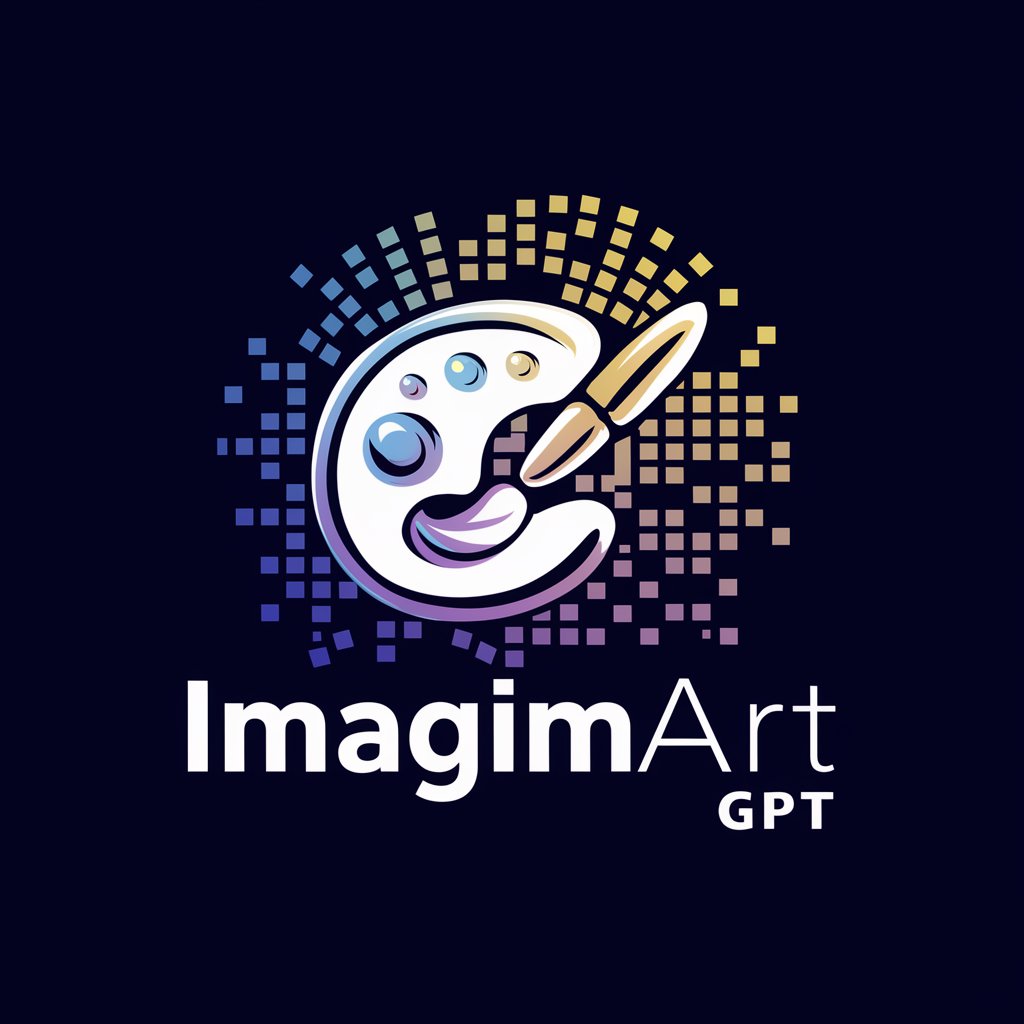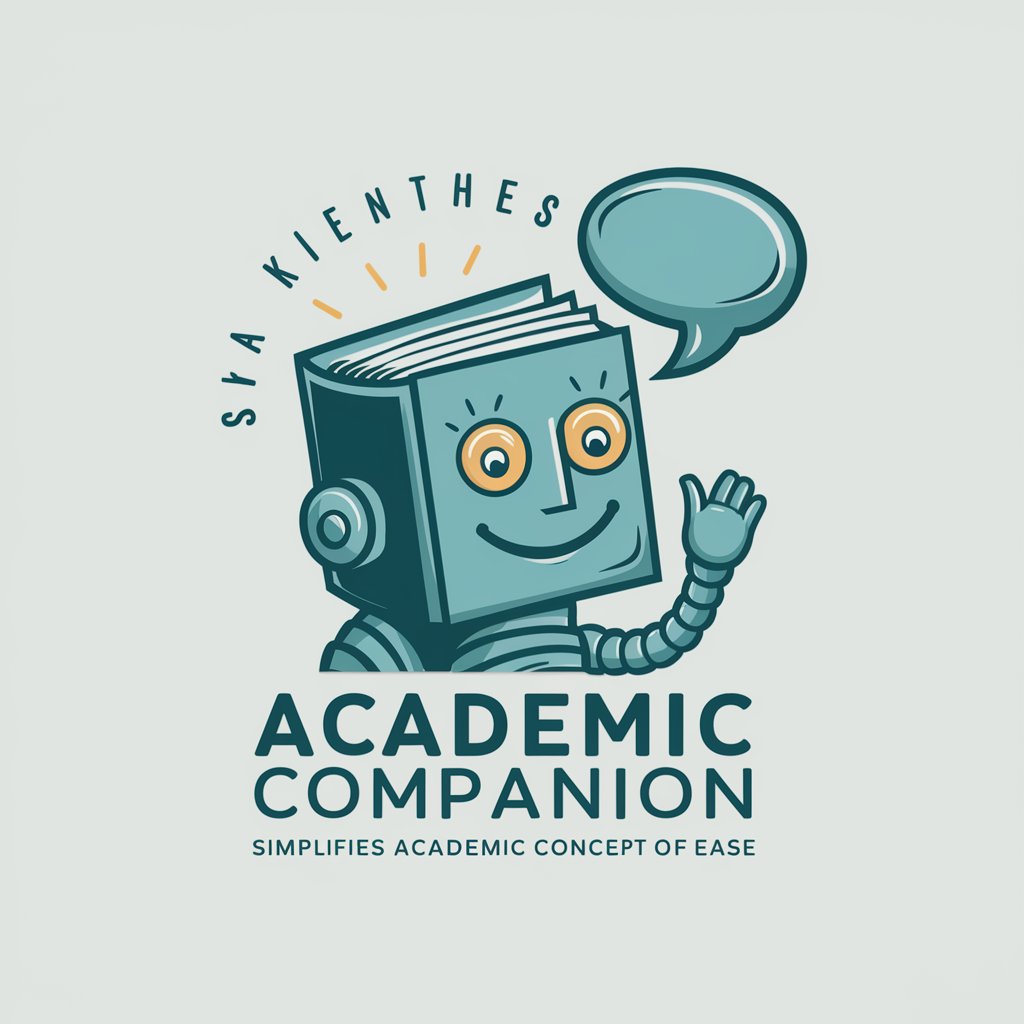Design to Code Optimizer - Design to Code Conversion

Welcome to Design to Code Optimizer!
Transform designs into code effortlessly with AI
Generate a user-friendly landing page design that focuses on ease of navigation...
Design a mobile app interface for a fitness tracking application...
Create a dashboard UI with real-time data visualization for a financial app...
Develop a responsive e-commerce website layout with an emphasis on product displays...
Get Embed Code
Introduction to Design to Code Optimizer
Design to Code Optimizer is a specialized tool designed to bridge the gap between visual design and coding. It serves as an intelligent assistant that automates the conversion of UI/UX design images into code, making the web development process more efficient and accurate. By analyzing uploaded design images, it identifies key elements such as dimensions, resolution, color schemes, and typography. It then suggests optimal coding practices, including HTML, CSS, and JavaScript code snippets, tailored to the specific design. The tool adjusts element sizes relative to the container, estimates text sizes, and suggests color schemes directly from the design, ensuring fidelity to the original vision. Furthermore, it recommends the best libraries for implementing complex components and integrates with popular web development frameworks like Vue.js, React, and Angular, with Vue.js set as the default. Examples of its application include converting a mockup into a responsive web page, optimizing color schemes for code, and selecting libraries for dynamic elements like sliders or pop-ups. Powered by ChatGPT-4o。

Main Functions of Design to Code Optimizer
Image Analysis and Code Generation
Example
Analyzing a UI mockup to generate responsive HTML and CSS code.
Scenario
A user uploads a UI design image. The tool analyzes the image's layout, color palette, and text styles, then generates code that accurately reflects the design, including responsive elements for different screen sizes.
Library and Framework Recommendations
Example
Suggesting Vue.js components for a dynamic UI element.
Scenario
Upon detecting complex UI elements like carousels or modals in a design, it recommends appropriate Vue.js components or libraries, providing code snippets and installation instructions.
Adaptive Element Sizing
Example
Adjusting element sizes relative to the container size based on the design.
Scenario
The tool calculates and suggests relative sizes for UI elements such as buttons and input fields, ensuring they scale appropriately across devices, based on the initial container size extracted from the design image.
Color Scheme Extraction and Application
Example
Extracting and applying color schemes directly from the design to the code.
Scenario
It identifies and extracts the color scheme from the uploaded design image, providing CSS code snippets for background, font colors, and other elements to ensure visual consistency in the web application.
Ideal Users of Design to Code Optimizer Services
Web Developers
Web developers, especially those working on front-end development, can leverage this tool to streamline the conversion of designs into code, reducing manual coding effort and enhancing productivity.
UI/UX Designers
UI/UX designers looking to closely collaborate with developers or to validate how their designs translate into code will find this tool invaluable. It allows for a smooth transition from design to development, ensuring high fidelity to the original design.
Project Managers
Project managers overseeing web development projects can utilize this tool to ensure design and code alignment, improve team efficiency, and manage timelines more effectively by reducing back-and-forth between designers and developers.
Educators and Students
Educators and students in web development and design fields can benefit from using this tool for educational purposes, learning about best practices in coding and design-to-code conversion processes.

How to Use Design to Code Optimizer
Start for Free
Access Design to Code Optimizer on yeschat.ai for a free trial, no login or ChatGPT Plus subscription required.
Upload Design
Upload your UI/UX design image directly to the platform. Ensure the image is clear and includes all elements you wish to code.
Select Framework
Choose your preferred development framework from the options provided, with Vue.js set as the default selection.
Review Analysis
Examine the automatically generated analysis of your design, including identified elements, dimensions, and suggested color schemes.
Get Code Recommendations
Receive tailored code snippets and library suggestions for your project, complete with comments for clarity and ease of integration.
Try other advanced and practical GPTs
Asistente de la Ley contrato 406 de Minera Panamá
Deciphering Law, Protecting Environment

Good Morning GPT
Start Your Day Inspired with AI

Bird is the Word
Celebrate Thanksgiving with AI-powered Imagery

Coffee is for Closers
Boosting Sales with AI-driven Motivation

e-commerce insighter
Maximize online sales with AI-powered insights

Vicki Heradrone
Uncover the coolest videos with AI

論文添削! ( by Psycholo Studio )
Empowering Academic Excellence with AI

Video Editor Copilot
Empower Your Educational Content with AI

GPT Trivia
Elevate trivia nights with AI-powered challenges.

ELeven11
Unlock Numerical Mysteries with AI Power

ImaginArt GPT
Bringing Your Imagination to Life with AI

Academic Companion
Empowering Research with AI Insight

Frequently Asked Questions about Design to Code Optimizer
What types of design images can I upload?
You can upload any UI/UX design images, including mockups, wireframes, and finalized designs, in formats such as PNG, JPEG, or SVG.
How does the tool handle complex components like carousels or modals?
Design to Code Optimizer identifies complex components within your design and suggests the most suitable libraries or frameworks to implement them effectively.
Can I use this tool if I'm not familiar with Vue.js?
Absolutely, while Vue.js is the default, the tool allows you to select other frameworks such as React and Angular, adapting its code suggestions accordingly.
Is there a limit to the number of design images I can analyze?
While the platform may have usage limits for free trials, these are generally sufficient for most individual projects. Check the site for specific details.
How does the tool ensure the generated code is optimized?
The optimizer analyses design elements and their relation to the overall layout, suggesting code that's not only functional but also adheres to best practices for performance and scalability.
